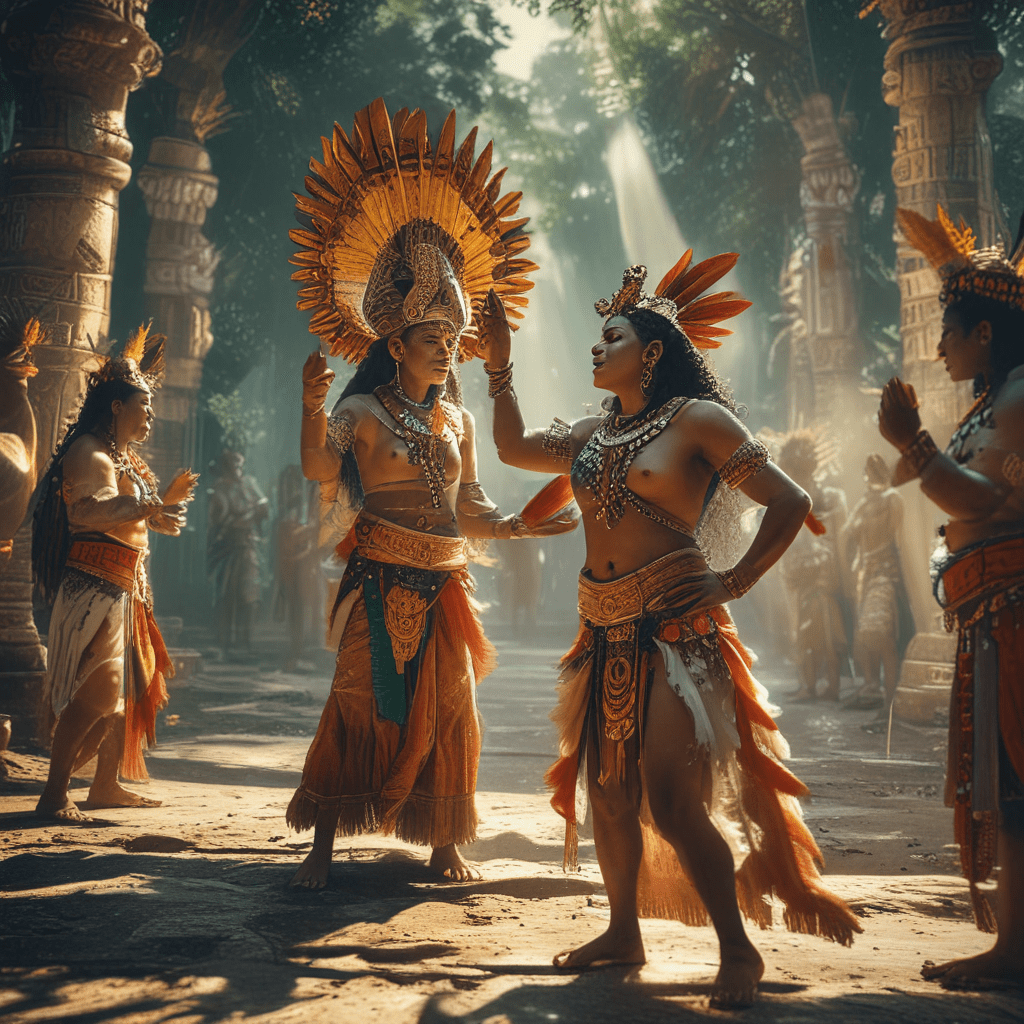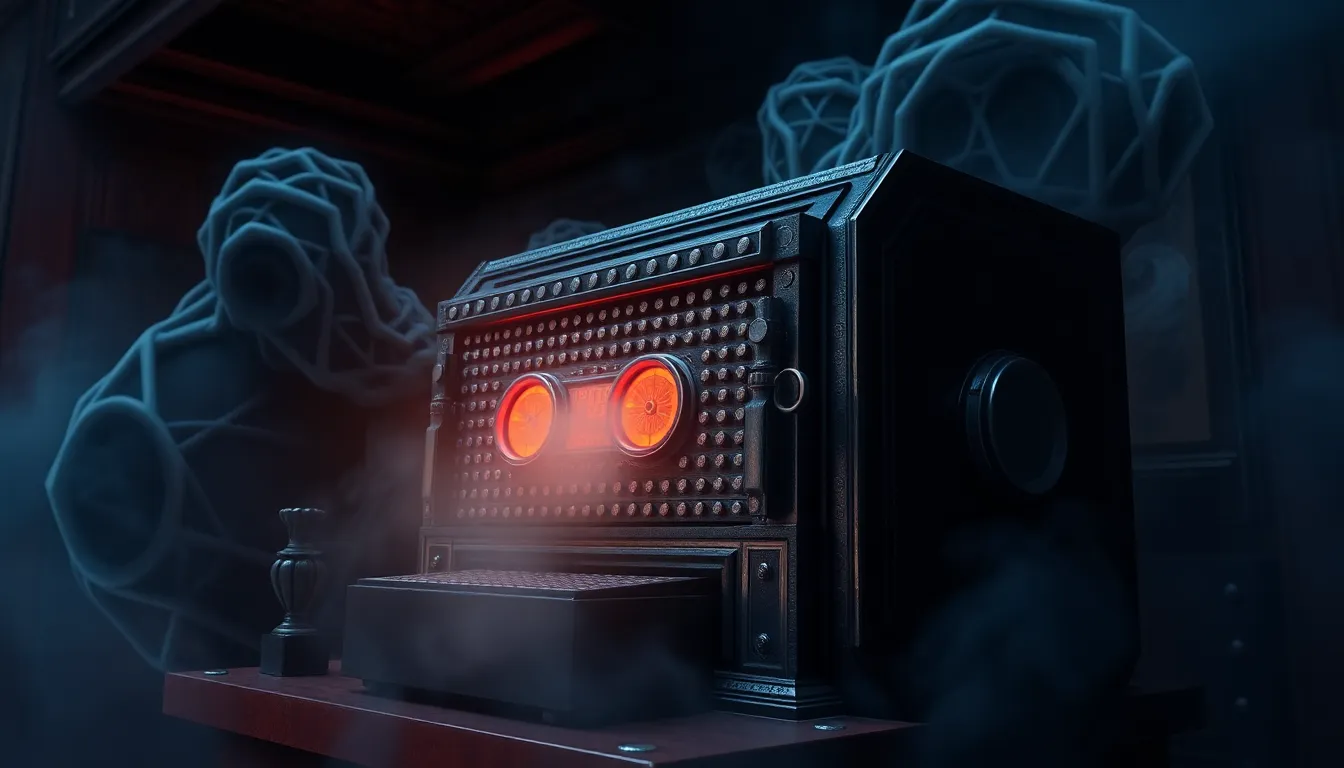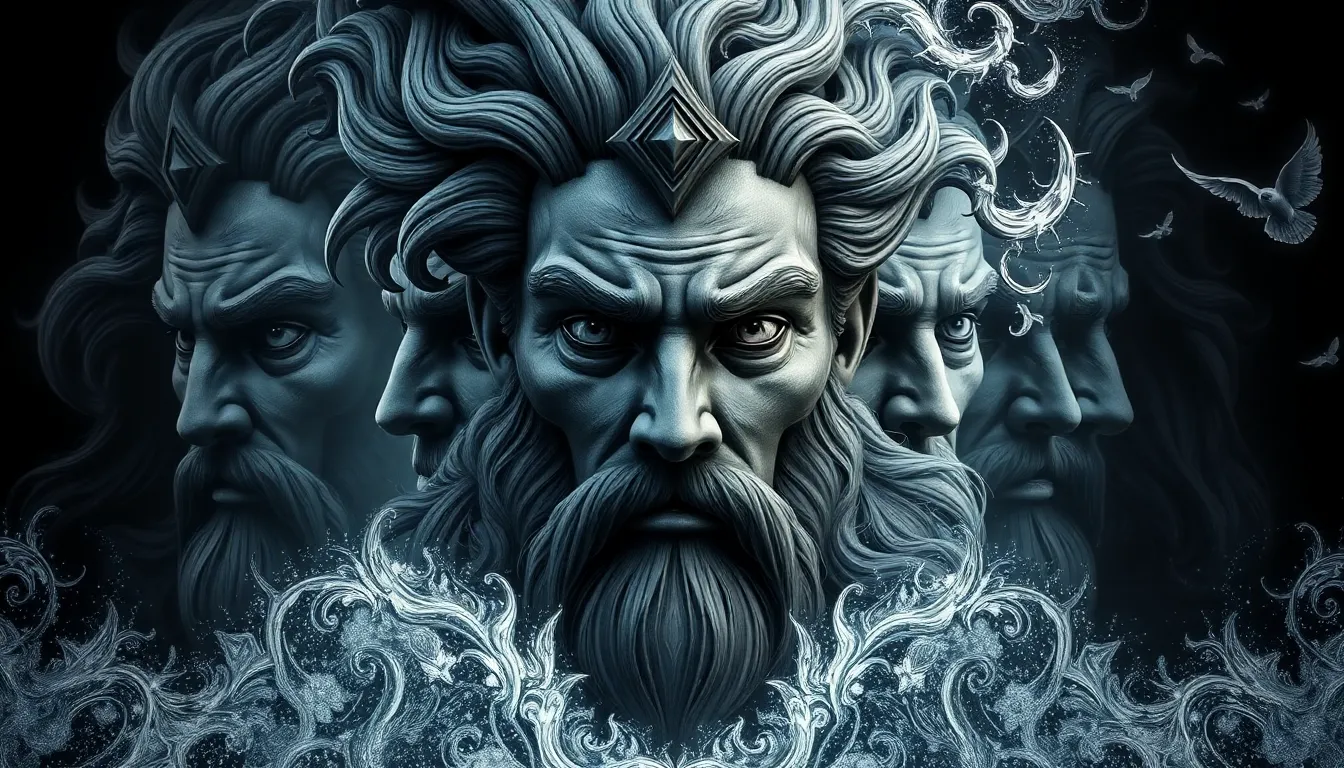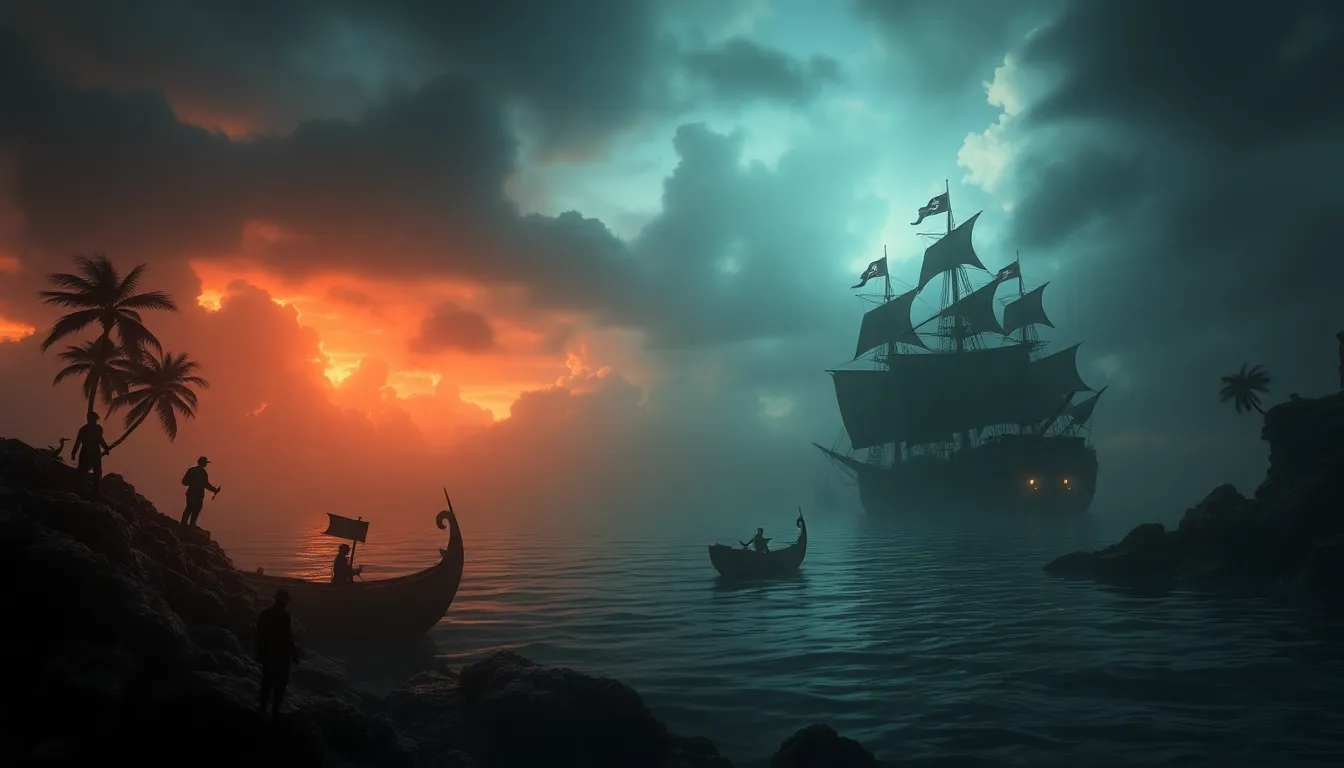1. Introduction to Mayan Mythology: A Realm of Gods and Ancestors
The ancient Maya civilization, known for its sophisticated astronomical observations, intricate writing system, and impressive monumental architecture, also possessed a rich and complex mythology. This intricate system of beliefs revolved around a pantheon of powerful deities, revered ancestors, and a deep connection to the natural world. Mayan mythology provided a framework for understanding the universe, explaining the origins of humanity, and guiding social and ritual practices.
The Maya believed in a multi-layered cosmos, divided into the underworld, the earthly realm, and the heavens. Each realm was inhabited by different deities who played specific roles in maintaining the balance of the universe. Prominent among these deities were the maize gods, who ensured the fertility of the land and the abundance of food; the rain gods, who brought life-giving water; and the sun god, who illuminated the world and governed the passage of time.
2. The Cycle of Life and Death: A Foundation for Mayan Rituals
Mayan mythology was deeply intertwined with the agricultural cycle and the concept of life and death. The Maya believed that death was not an end but a transition into the underworld, Xibalba, where the souls of the deceased embarked on a perilous journey. Offerings and rituals were performed to ensure the deceased's safe passage and to appease the deities of the underworld.
The agricultural cycle also played a significant role in shaping Mayan mythology. The Maya saw the planting, growth, and harvesting of maize as a reflection of the cyclical nature of life and death. Deities associated with maize were revered for their role in providing sustenance and ensuring the continuation of life.
3. The Importance of Festivals: Honoring the Divine and Connecting with the Past
Festivals and rituals were an integral part of Mayan religious life. They served as a means of honoring the gods, seeking their favor, and maintaining the cosmic balance. These events were elaborate affairs, often involving elaborate costumes, music, dance, and offerings of food, incense, and blood.
Mayan festivals also served as a way to connect with the past and honor the ancestors. The Maya believed that the spirits of the deceased remained active in the world, influencing the living. Rituals and offerings were performed to appease the ancestors and seek their guidance and protection.
4. Major Festivals and their Significance:
4.1. The New Year Celebration: Welcoming Renewal and Abundance
The New Year celebration was a major event in the Mayan calendar, marking the beginning of a new agricultural cycle. It was a time for renewal, purification, and hope for a bountiful harvest. Rituals were performed to cleanse the community and to invoke the blessings of the gods for the coming year.
6. The Legacy of Mayan Festivals: A Window into a Rich Cultural Heritage
Mayan festivals and rituals offer a glimpse into the rich cultural heritage of this ancient civilization. They provide insights into the Maya's beliefs, values, and relationship with the natural world. These festivals were not merely religious events but also social gatherings, fostering a sense of community and shared identity.
The legacy of Mayan festivals is evident in the traditions and customs practiced by many indigenous communities in Central America today. These communities continue to celebrate festivals that honor Mayan deities, ancestors, and the agricultural cycle. These celebrations serve as a reminder of the resilience of Mayan culture and its ability to adapt and evolve over time.
7. The Impact of Spanish Colonization on Mayan Festivals: A Time of Syncretism
The arrival of the Spanish conquistadors in the 16th century had a profound impact on Mayan society and its religious practices. The Spanish sought to suppress indigenous beliefs and imposed their own religion, Christianity. Many Mayan temples and sacred sites were destroyed, and traditional rituals were prohibited.
Despite the suppression, Mayan festivals and rituals did not disappear entirely. Instead, they underwent a process of syncretism, blending elements of Mayan beliefs with Christian practices. For example, the Mayan festival of Hanal Pixan, which honors the dead, coincides with the Christian celebration of All Souls' Day. This blending of traditions reflects the complex cultural exchange that occurred during the colonial period.
8. The Modern Revival of Mayan Festivals: A Celebration of Tradition and Identity
In recent decades, there has been a growing interest in reviving and preserving Mayan traditions. Indigenous communities in Central America are increasingly reclaiming their cultural heritage and celebrating their ancestral festivals. This revival of Mayan festivals is part of a broader movement of indigenous empowerment and cultural revitalization.
The modern revival of Mayan festivals is not merely a nostalgic exercise but a way for indigenous communities to assert their identity and connect with their past. These festivals serve as a reminder of the rich cultural heritage of the Maya and their enduring connection to the land and the cosmos.
9. The Significance of Mayan Festivals Today: A Bridge to the Past and a Source of Inspiration
Mayan festivals continue to hold significance in the lives of many indigenous communities today. They serve as a bridge to the past, connecting generations to their ancestors and cultural heritage. These festivals also provide a source of inspiration and resilience, reminding communities of their strength and ability to overcome adversity.
Beyond their cultural significance, Mayan festivals also offer valuable insights into the human relationship with the natural world. These festivals highlight the Maya's deep respect for the environment and their understanding of the interconnectedness of all living things. In an era of environmental crisis, Mayan festivals offer a reminder of the importance of living in harmony with nature.
10. Conclusion: Mayan Mythological Festivals – A Testament to Human Resilience and Connection with the Divine.
Mayan mythological festivals are a testament to the human capacity for creativity, resilience, and connection with the divine. These festivals offer a glimpse into the rich cultural heritage of the Maya and their enduring fascination with the mysteries of life, death, and the cosmos. By understanding and appreciating these festivals, we gain a deeper understanding of the human experience and our place in the universe.
FAQ
What are some of the most popular Mayan festivals celebrated today?
Some of the most popular Mayan festivals celebrated today include:
- Hanal Pixan: The Festival of the Dead, celebrated in October or November.
- Ch'a Chaak: The Rain Festival, celebrated in May or June.
- Kaqchikel Fire Ceremony: A traditional ceremony performed by the Kaqchikel Maya of Guatemala.
- Rabinal Achi: A traditional Mayan dance-drama performed in Rabinal, Guatemala.
Where can I learn more about Mayan mythology and festivals?
There are many resources available for learning more about Mayan mythology and festivals. Some reliable sources include:
- The National Museum of Anthropology in Mexico City
- The Popol Vuh, a sacred Mayan text
- The writings of Mayan scholars such as Linda Schele and David Freidel
Is it possible to visit Mayan festivals?
Yes, it is possible to visit Mayan festivals. Many indigenous communities in Central America welcome visitors to observe and participate in their celebrations. However, it is important to be respectful of local customs and traditions. It is also advisable to contact local authorities or tour operators to inquire about specific events and access.



